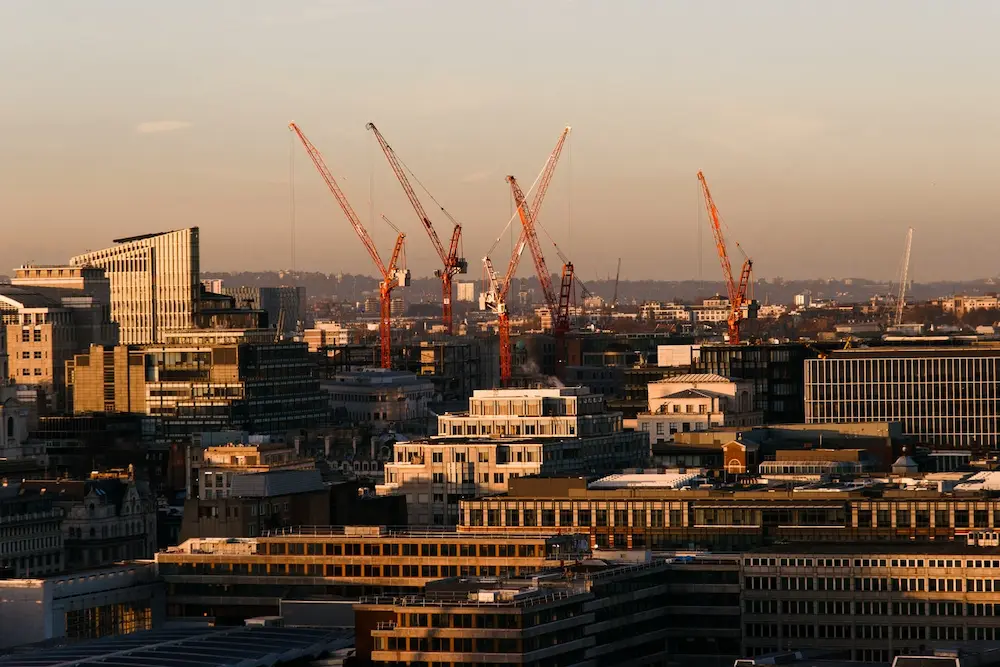Construction has earned itself a reputation as being one of the most dangerous industries you can work in.
This notion is built on solid ground; each year, a significant proportion of fatal UK workplace injuries occur on building sites.
Things are moving in a promising direction, however.
According to data released by Health and Safety Executive (HSE), the number of fatal construction industry injuries decreased by 25% in 2021/22 compared to the previous year.
You might be wondering: how has this come about?
Well, improvements in health and safety standards on worksites are one of the large factors driving this positive change.
So, what are some essential building safety tips? We’ve written this short guide to answer that question.
Keep reading to find out what measures you can implement to prevent accidents on your construction site.
Maintain Equipment
Often, worksite injuries take place because of problems with equipment. In the first place, your workers should only use the correct piece of equipment for each task. But this isn’t all, you also shouldn’t mix and match tools or try to MacGyver together your own. For example, if you use drill drivers from a brand like RS Pro, make sure you get drill bits and countersinks from RS Components rather than from a different manufacturer.
Before commencing work, make sure that all tools and pieces of equipment are working and free from damage. Encourage your workers not to ignore problems. They should report any defects to a supervisor immediately and the item in question taken in for repairs.
Wear PPE
Ensuring that your workers are all wearing the appropriate personal protective equipment (PPE) is one of the simplest yet most effective things that you can do to upgrade the safety of your building site.
This is clothing that protects your employees from health and safety risks that they might encounter during work, ranging from falling materials and dangerous fumes to adverse weather conditions.
Common examples of PPE include goggles, helmets, gloves, boots and hi-vis vests.
Provide Training
No two building sites are the same; each has its own features and hazards. You need to induct all new staff members who begin working on your site, familiarising them with site operations and safety procedures. Your workers need to know where to go, what to do and what not to do during every contingency.
You should also provide continuous training for your workers. This will give them a greater understanding of the tasks that they perform during work and enable them to do their jobs more effectively. This will also lead to fewer mistakes and hazards occurring on-site, which in turn improves safety.








